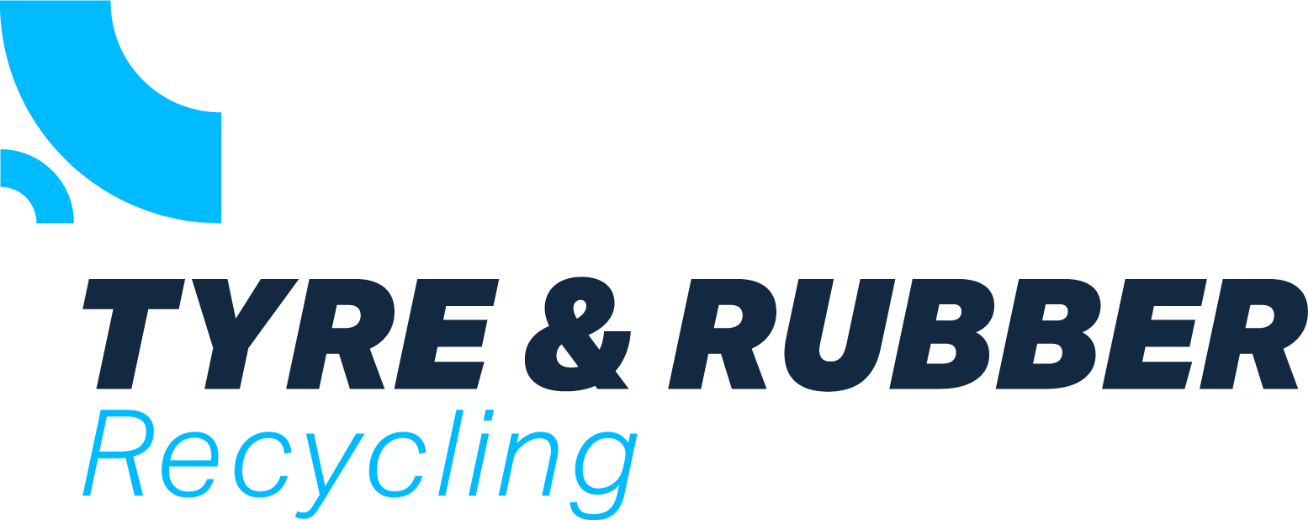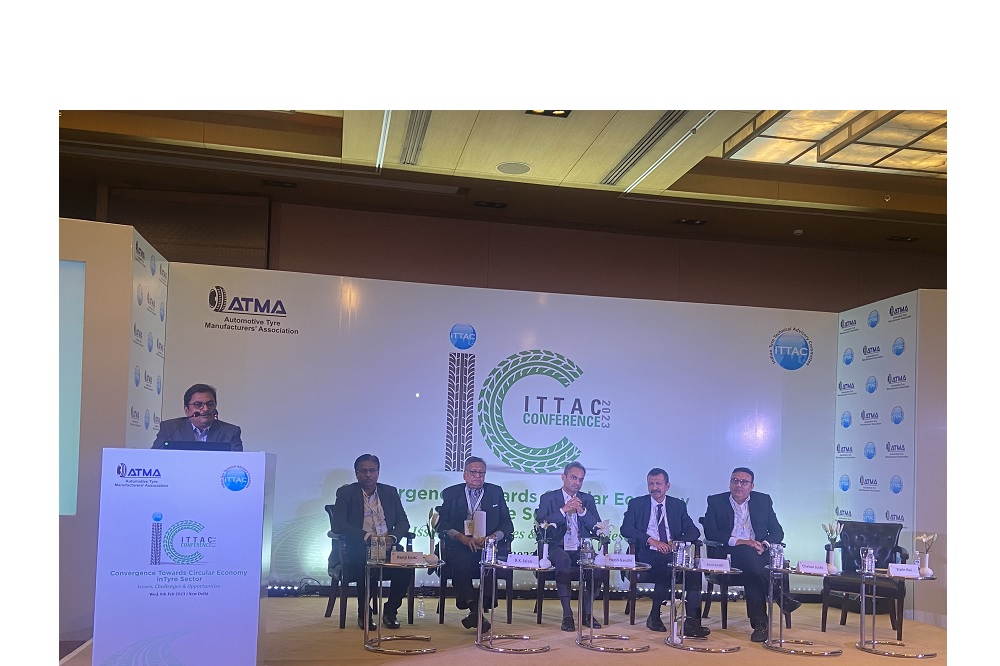The Indian tyre and recycling sector sees India’s surging tyre production in line with economic growth making End-of-Life Tyre (ELT) recycling all the more important.
The Indian economy is transforming from linear to circular and the government is increasingly focusing on growth with sustainability.
A one day conclave on ELT organised by ATMA (Automotive Tyre Manufacturers Association) & ITTAC (Indian Tyre Technical Advisory Committee) in New Delhi on 8th Feb, brought together recyclers, retreaders and tyre manufacturers on board for the first time to discuss the road ahead for the industry.
The Indian tyre pyrolysis sector is keen to cooperate with tyre OEMs as it is estimated to recycle 1.3 million tons of tyres and produce almost half-a-million tons of oil, therefore the sector offers lot of opportunity to cooperate with tyre producers to achieve value addition. “Currently, fuel oil is just a fuel oil but there are opportunities for it to be converted to more value-added oil or can be used as feedstock to recover hydrocarbons or carbon black. Recyclers also produce almost half-a-million tons carbon char or recovered carbon black (RCB), a large volume that can be used as raw material for manufacturing tyres,” said Chetan Joshi, President, AIRTRA (All India Rubber & Tyre Recyclers Association) in his address.
ATMA suggested fixing an upper limit in the pricing mechanism. “If we can make a level of understanding with each other among stakeholders, we can have a proper definition that this will be the cost of EPR. Therefore, it is suggested to fix the price itself rather than fixing upper limit, as there are limited number of manufacturers, unlike plastic or e-waste.”
It was also stressed the need to make tyre collection more organised as per EPR guidelines as it is still largely informal and unorganised. Recyclers are advised to pass the tyre manufacturers contribution to the tyre collectors to make them more organised. “Tyre manufacturers have robust distribution channels across India. If we can make a module or creative platform then the collection will be done in an organised way, monitored properly and reach recycling facilities,” emphasised Joshi.
AIRTRA also seeks access to the R&D facilities of tyre manufacturers for material testing in order to make improvement in their products.
The Tyre Retreading Education Association (TREA) emphasised on the concept of reuse, which is fundamental to any policy framework. They claim 21 million truck tyres are produced and about 8 million retreaded, and out of 11 million LCV tyres produced around 4 million retreaded annually in India.
“We spent a lot of time discussing end-of-life tyres and how to recycle them but remind the conference that reuse for tyres is retreading. Our industry is playing an especially important part in this circular economy considering the large number of tyres retreaded every year in the country. While drafting the EPR policy ,tyre retreading has been added in the new policy which is a great thing as it is the only country in the world which has retreading in the tyre recycling policy,” said Karun Sanghi, Chairman, TREA.
The new policy also states that tyre companies will now delay their EPR obligation by one year on obtaining retreading certificates. He seeks cooperation from tyre companies to improve retreadability, increase the number of tyres being retreaded which delays the tyres reaching end of life, and to incentivise retreading that impacts reuse of tyres.”
Harsh Gandhi, Chairman (Tyre Sector), MRAI (Material Recycling Association of India) termed the EPR policy as the one of the progressive legislations by the government that will increase circularity. The EPR will further make the recycling sector and collection of tyres more organised. On the product side, EPR will prompt greater levels of investment and engagement between recyclers and brand owners to make products which will increase the level of circularity.
According to Gandhi, “Income generated from EPR has to go towards the creation of technologies that are affordable and can improve and promote circularity. Investment should go towards creating circular economy parks embedded with multiple eco-systems that treat multiple streams of waste. The industry should partner with research and educational institutions to bring young talent and to create programmes and grants to carry out research to improve product and technology.”




















